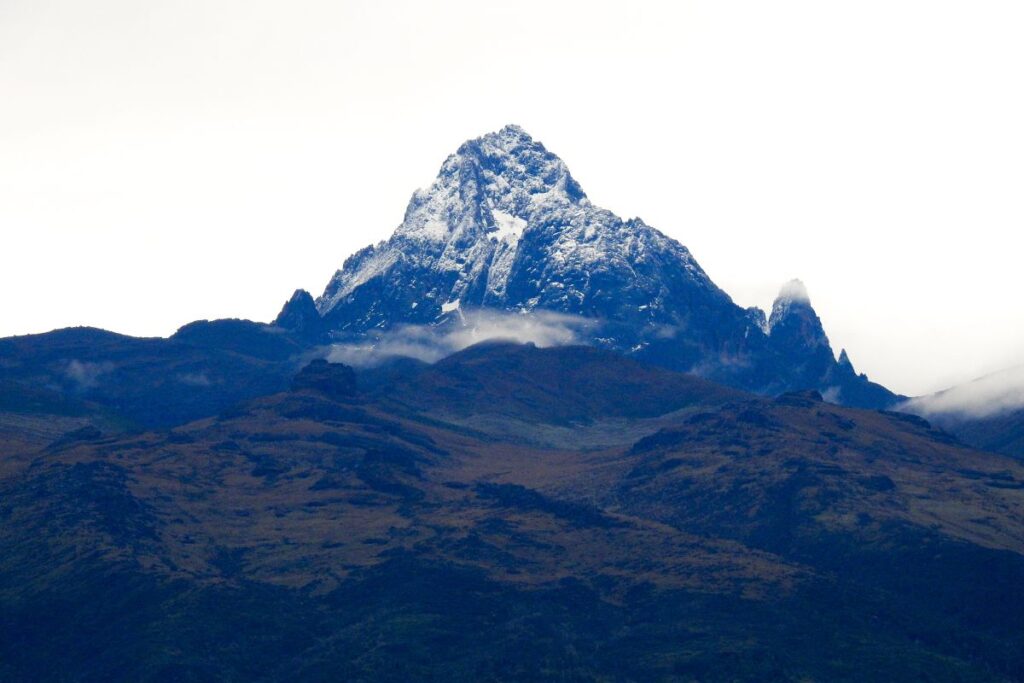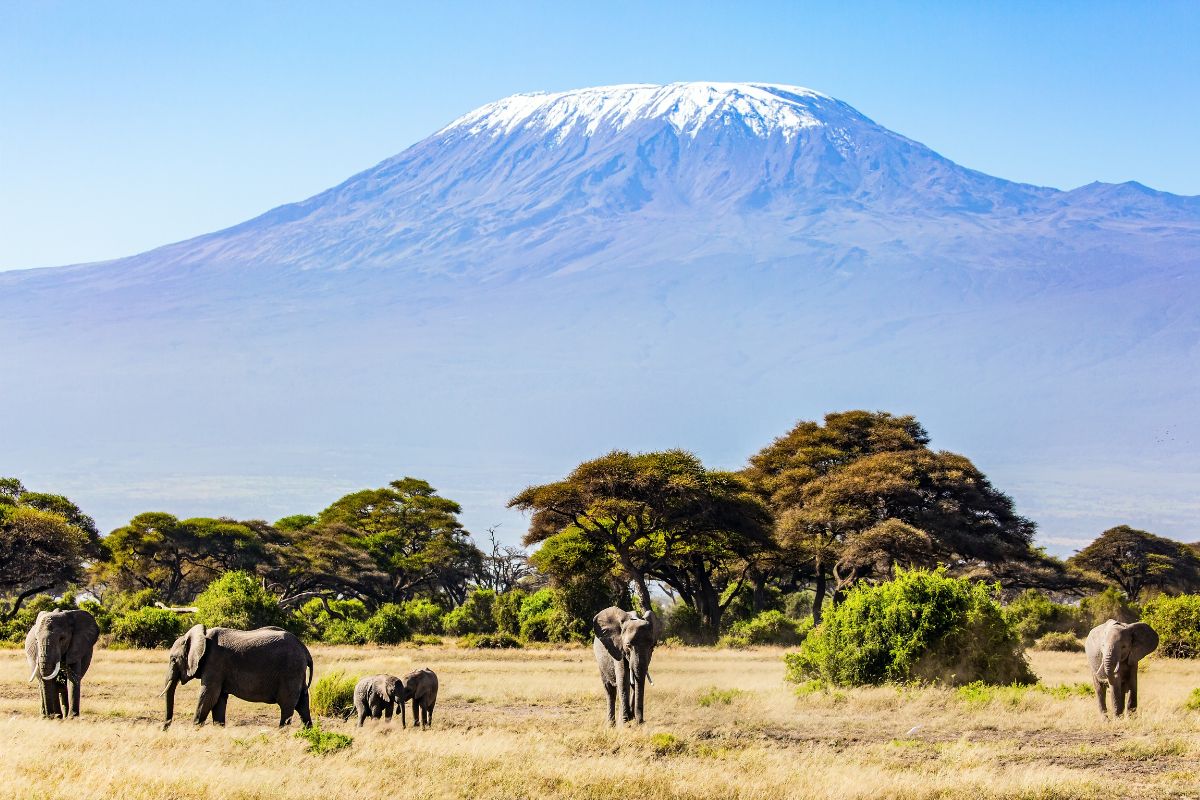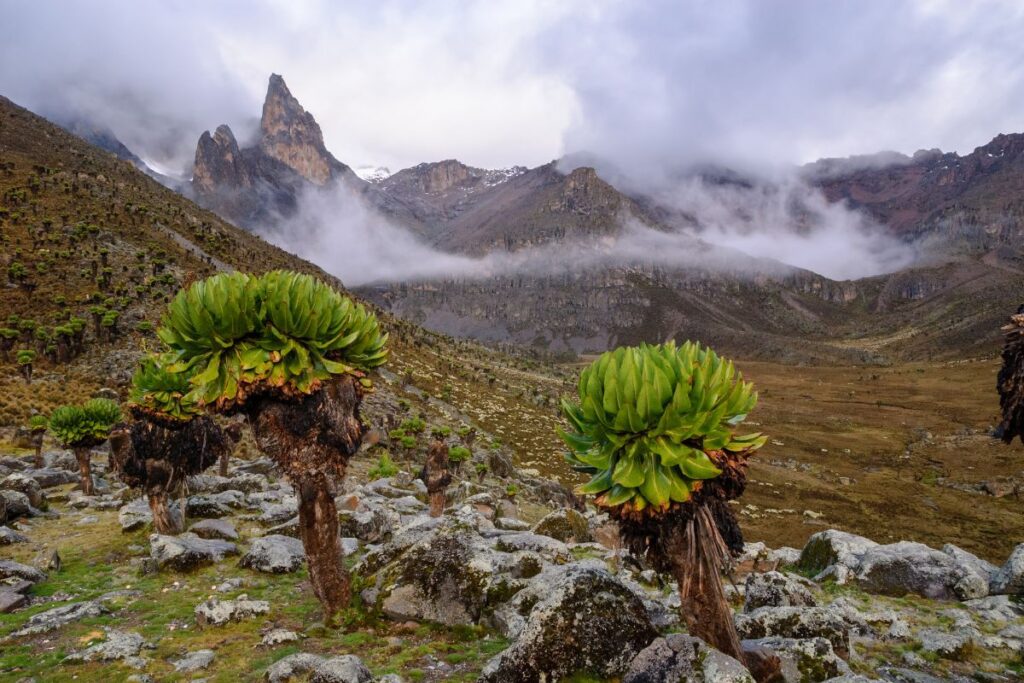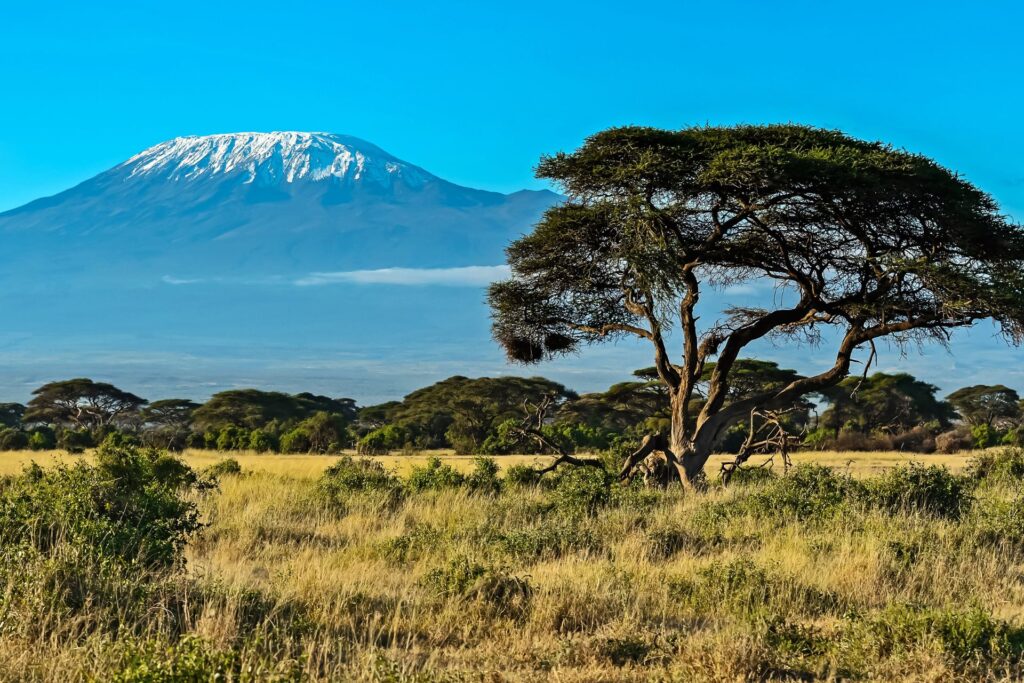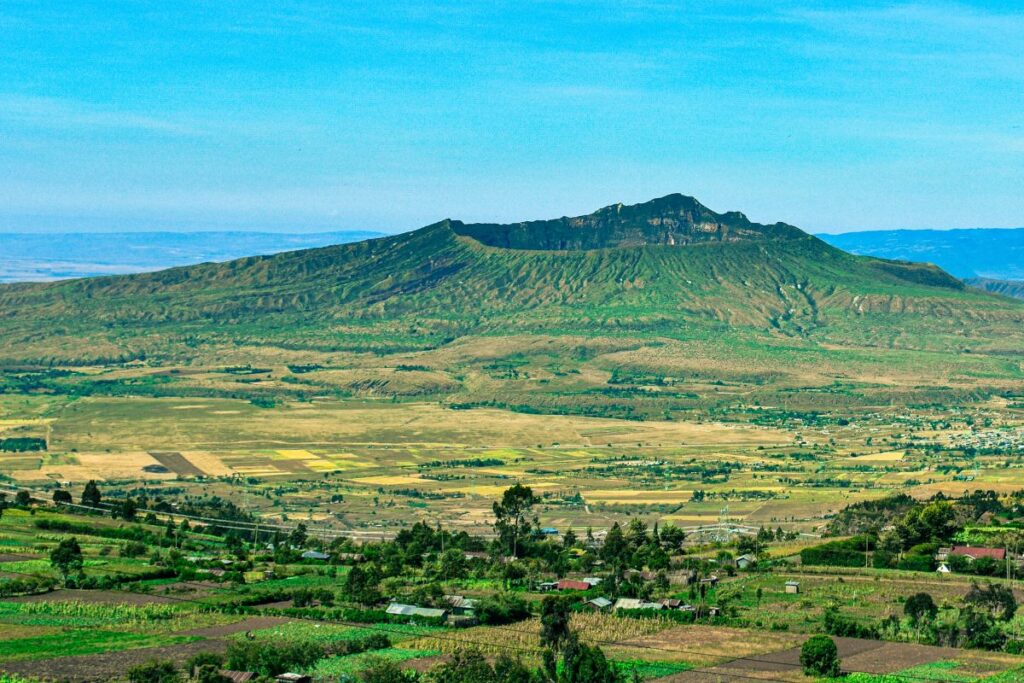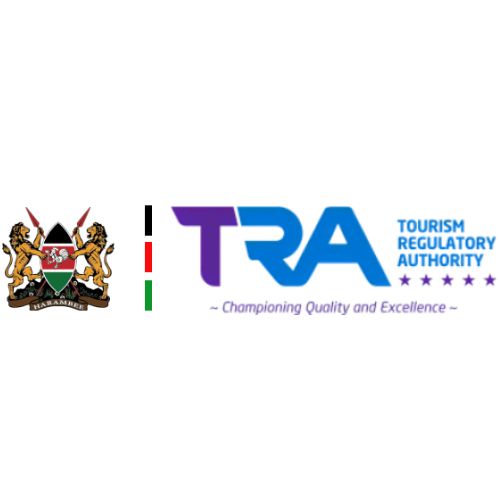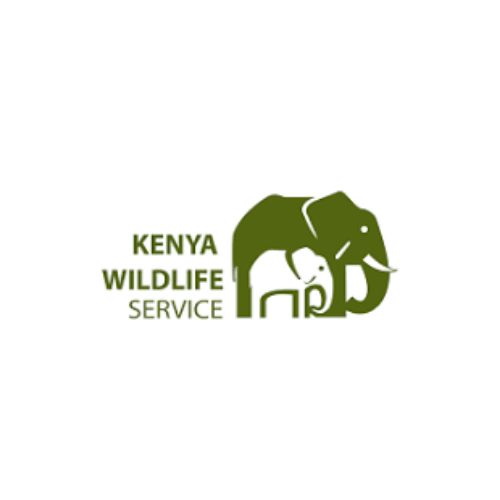Exploring Africa’s highest peaks can raise many practical and logistical questions for travelers, adventurers, and nature enthusiasts. Understanding these details ensures a safer, more enjoyable, and rewarding experience. Key considerations to guide your journey include:
1. Which are the Top 5 Tallest Mountains in Africa?
The Top 5 Tallest Mountains in Africa are Mount Kilimanjaro, Mount Kenya, Mount Stanley, Mount Speke, and Mount Baker. Each mountain offers a unique combination of elevation, ecosystems, and cultural significance, making them prime destinations for climbers, researchers, and nature lovers seeking the ultimate African mountain experience.
2. How difficult are the climbs on the Top 5 Tallest Mountains in Africa?
Difficulty varies significantly among these peaks. Mount Kilimanjaro offers non-technical trekking suitable for most fit travelers, while Rwenzori peaks like Mount Stanley and Mount Speke require technical climbing skills, experience, and preparation. Mount Kenya combines both non-technical and technical routes, allowing a mix of accessible trekking and challenging ascents.
3. What is the best season to visit the Top 5 Tallest Mountains in Africa?
Dry seasons provide the most favorable conditions for all five peaks. June to October and December to February are ideal for clear skies, stable trails, and optimal wildlife viewing. Planning your trip during these months maximizes safety and the likelihood of completing the climbs successfully.
4. Do I need professional guides for these mountains?
Yes, hiring professional guides is highly recommended. Guides ensure safety, provide navigation across complex trails, and share local cultural and ecological knowledge. This support enhances the experience on the Top 5 Tallest Mountains in Africa, whether tackling Kilimanjaro’s summit or exploring the remote Rwenzori glaciers.
5. What wildlife can be observed on the Top 5 Tallest Mountains in Africa?
Travelers can expect diverse wildlife across these peaks. Mount Kilimanjaro hosts elephants, monkeys, and unique bird species in its forest zones, while Mount Kenya supports buffalo, elephants, and endemic birds. The Rwenzori Mountains, including Stanley, Speke, and Baker, feature rare alpine species and endemic flora, making the Top 5 Tallest Mountains in Africa an ecological treasure for wildlife enthusiasts.
6. Are multi-mountain trips possible for the Top 5 Tallest Mountains in Africa?
Yes, itineraries can combine multiple peaks, offering an immersive experience of Africa’s tallest mountains. Adventurers can explore Kilimanjaro and Mount Kenya in one trip or venture through several Rwenzori peaks. These multi-mountain expeditions provide a comprehensive perspective on Africa’s diverse topography and ecosystems.
7. What permits are required for climbing the Top 5 Tallest Mountains in Africa?
All major peaks require official climbing permits and park fees. Mount Kilimanjaro, Mount Kenya, and the Rwenzori peaks each have specific entry and conservation regulations. Securing permits in advance ensures legal compliance and access to professional services, making the climbs safe and organized.
8. Can beginners climb any of the Top 5 Tallest Mountains in Africa?
Yes, beginners can attempt non-technical routes on Mount Kilimanjaro and Mount Kenya with adequate preparation. Acclimatization, fitness training, and guided support are crucial for a safe and enjoyable ascent. For more technical Rwenzori peaks, prior climbing experience is strongly recommended.
9. Are the Top 5 Tallest Mountains in Africa suitable for families?
Some routes on Kilimanjaro and Mount Kenya are family-friendly, allowing children and teens to experience high-altitude trekking safely. However, Rwenzori peaks, including Mount Stanley, Speke, and Baker, are better suited for experienced climbers due to challenging terrain and technical requirements.
10. Is travel insurance necessary for the Top 5 Tallest Mountains in Africa?
Absolutely. Comprehensive travel insurance covering altitude sickness, trekking emergencies, and potential evacuation is essential. Ensuring proper coverage provides peace of mind and supports a safe adventure across Africa’s highest and most challenging mountains.
11. What gear is recommended for climbing the Top 5 Tallest Mountains in Africa?
Layered clothing, sturdy hiking boots, trekking poles, gloves, and weatherproof outerwear are essential. Binoculars, cameras, and hydration systems enhance both safety and enjoyment. Proper equipment ensures a successful experience on the Top 5 Tallest Mountains in Africa, accommodating diverse climates and altitudes.
12. How can travelers book guided trips to the Top 5 Tallest Mountains in Africa?
Booking through an experienced operator provides structured itineraries, professional guides, accommodation, and logistical support. Early planning ensures availability during peak climbing seasons and allows customization to personal interests, fitness levels, and cultural preferences.


